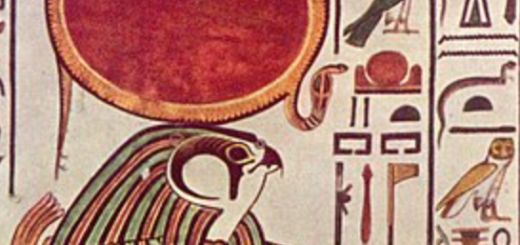Egyptian Pyramids: History and Interesting Facts
The Pyramids are shaped in such a way that it is believed to represent the shining beams of the sun descending on earth. Looking at the pyramid from a distance, it’s a beautiful sight to behold especially due to the white limestone used in their construction.
Number of Pyramids
As of the year 1842, a list of pyramids was released by Karl Richard Lepsius, an archaeologist and a Prussian Egyptologist which put them at almost seventy. There have been instances where pyramids have gone missing and have been later found. They were often buried under the desert sand. Also, the preservation of existing pyramids has been a great challenge for the people of Egypt.
Interesting Facts about the Egyptian Pyramids

Facts about Egyptian Pyramids.
- The Great Pyramid of Giza was known to be the highest building by man until the Lincoln Cathedral in England surpassed it in 1311.
- The Pyramid of Cheops is the largest and the oldest.
- The Great Sphinx of Giza, a colossal statue of a half-man and a half lion, protects the Giza Pyramid and it insinuated that Khafre’s face was the image used for the statue.
- Not all of the pyramids were constructed with a pointed triangular top. Some of them were flat at the top. Surprisingly, the Pyramid of Djoser is flat at the top.
- There are myths that these magnificent structures were built by slaves at the time. A rumor that has been proven to be false. History has it that, the pyramids were built by construction workers from families that were not well to do. A historian of Greek origin by name Herodotus was responsible for the rumor about slaves building the pyramids. Considering the fact that these buildings were used as a resting place for Egyptian Pharaohs, it would have been almost impossible to delegate such duties to slaves.
As of today, there has not been a sure answer for how the building of the pyramids was actually done. Considering the fact that more than two million huge pieces of limestone were used in building the pyramids at a time. No one really knows who carried the stones or how they were lifted during the construction. Not having records of how the construction was done makes it even more difficult trying to find answers to how these magnificent structures were put up.
It is believed that an ancient painting on a wall of a man standing in front of a group of men who were pulling a huge carving while the man in front mixed sand with water could be a clue. Initially, this painting was not really given much attention.
FAQs about Egyptian pyramids

The questions and answers below provide a concise overview about the Egyptian pyramids:
Where are they located?
While pyramids are scattered throughout Egypt, the most famous are located at Giza, on the outskirts of Cairo. Other significant pyramid sites include Saqqara, Dahshur, Meidum, and Hawara.
How many pyramids are there in Egypt?
There are about 138 of these ancient mega structures that have been discovered in Egypt so far.
How were they built?
This has long been a subject of debate. Most theories suggest a combination of ramps, levers, and manpower. Recent discoveries point towards a straight or zigzagging ramp built of limestone chippings and clay, which would have been used to transport the massive blocks.
What is the purpose of the pyramids?
The primary purpose was as a burial site for the pharaohs, ensuring their immortality. They also served as a demonstration of the pharaoh’s power and resources.
Which is the largest pyramid?
The Great Pyramid of Giza, built for Pharaoh Khufu (also known as Cheops), is the largest pyramid. It originally stood at 146.6 meters (481 feet) but now is slightly shorter due to the loss of the outer casing stones.
Are there any inscriptions inside them?
Surprisingly, very few inscriptions have been found inside these huge structures, especially when compared to later tombs in the Valley of the Kings. This has made understanding the religious and funerary practices of the Old Kingdom somewhat challenging.
Why did the ancient Egyptians stop building pyramids?
Over time, burial practices evolved, and the Egyptians began to favor rock-cut tombs in places like the Valley of the Kings. These tombs were more discreet and less vulnerable to tomb robbers.
Can you enter the pyramids?
Yes, some pyramids are open to the public, like the Great Pyramid of Giza. However, access can be restricted to preserve the monument, and it might not be suitable for claustrophobic individuals due to narrow passages.
FACT CHECK: At worldhistoryedu.com, we strive for utmost accuracy and objectivity. But if you come across something that doesn’t look right, don’t hesitate to leave a comment below.



























